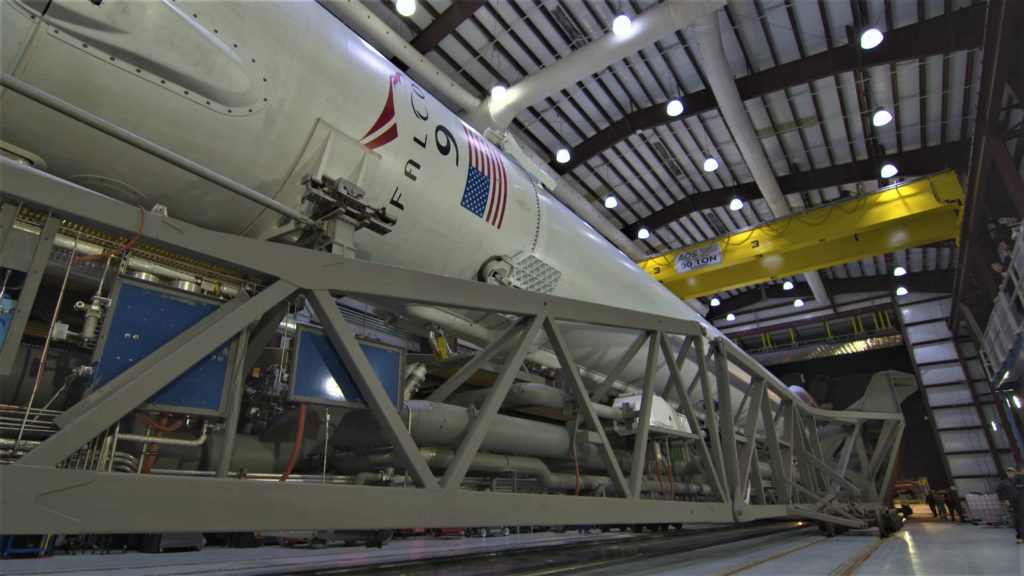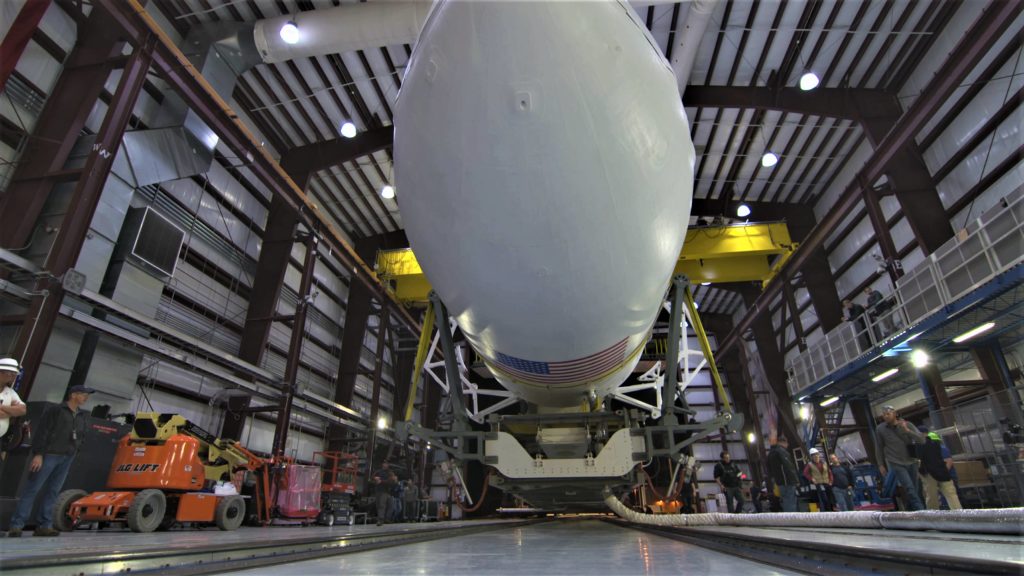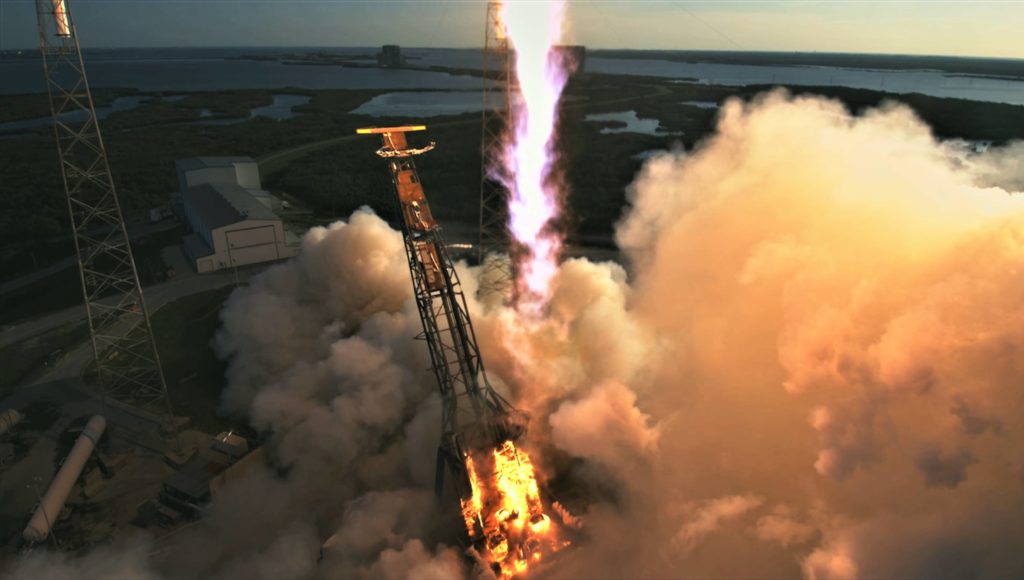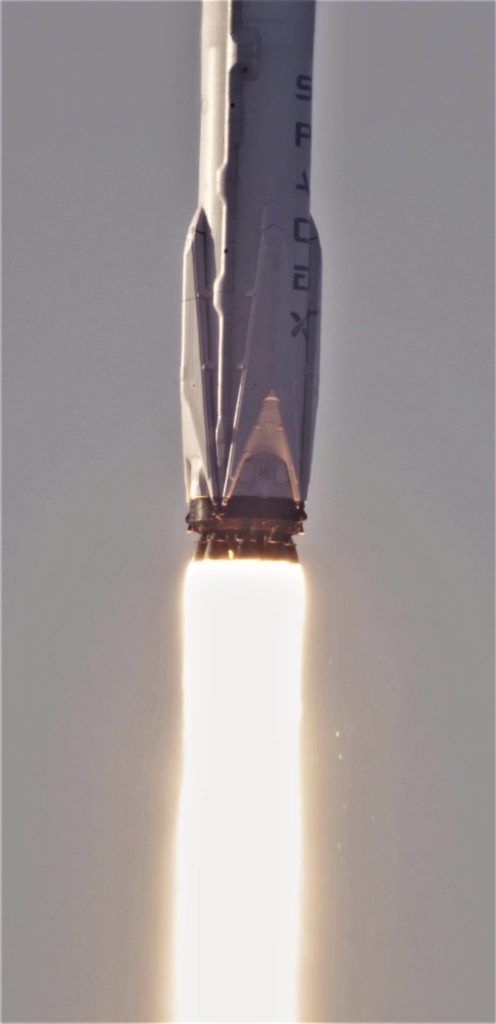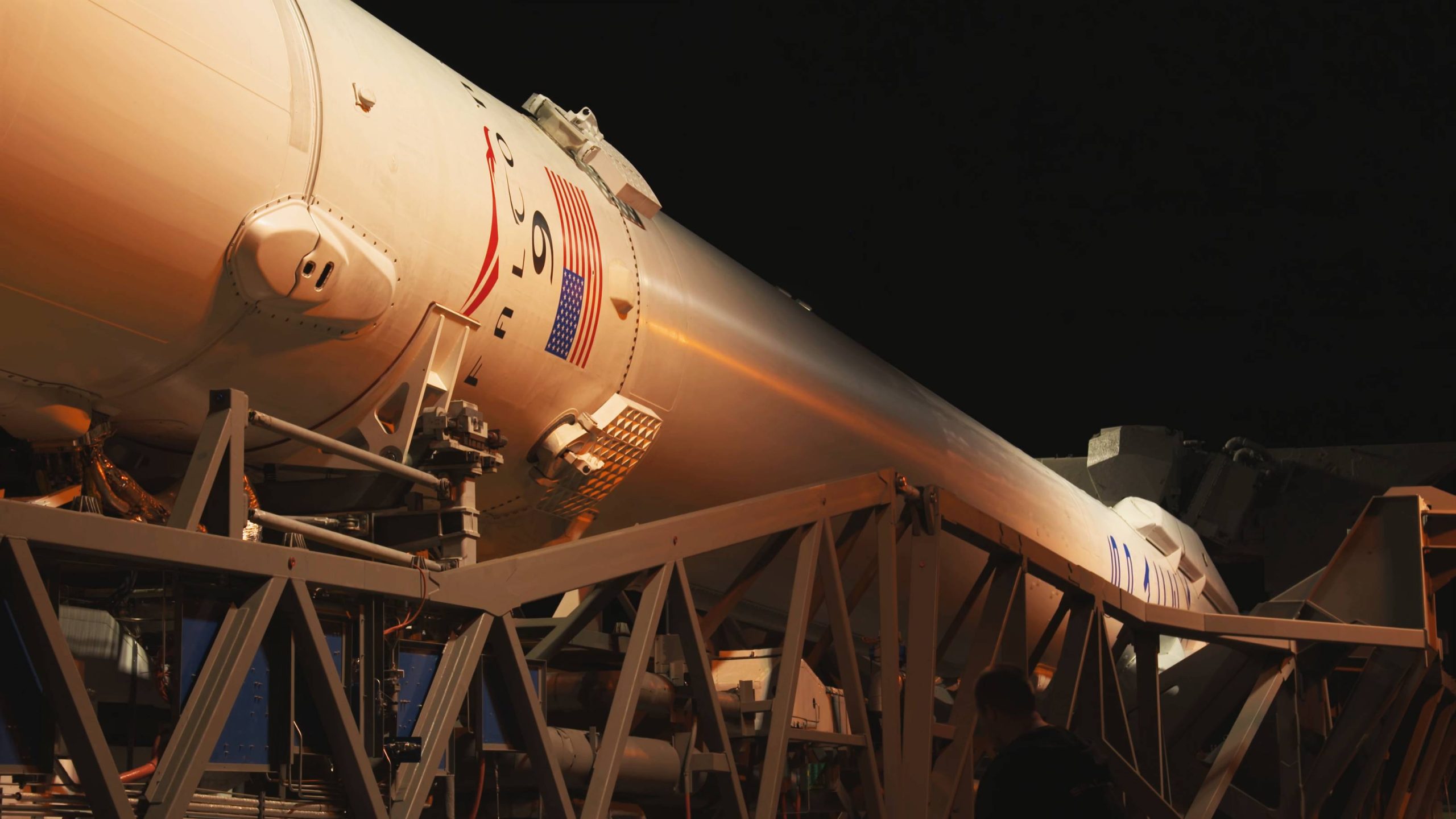
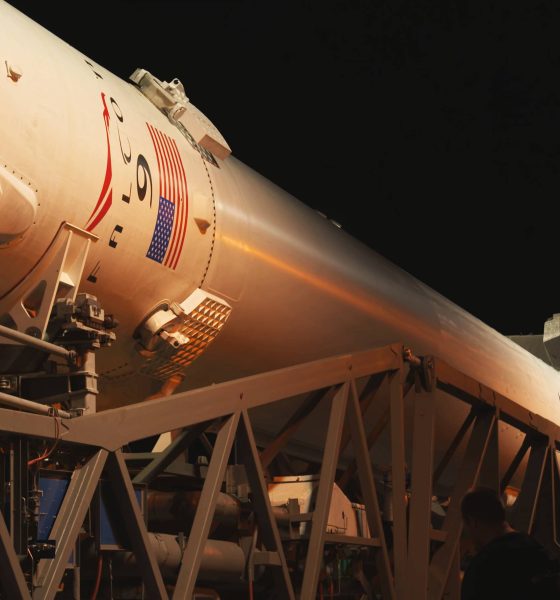
SpaceX
SpaceX’s last Falcon 9 Block 4 launch showcased in NASA’s behind-the-scenes recap
Five months after the Transiting Exoplanet Survey Satellite (TESS) was placed in orbit, NASA has published a 4K video recapping the spacecraft’s pre-launch preparations and launch atop a SpaceX Falcon 9 Block 4 rocket.
Why the video in question took almost half a year to go from footage capture to publishing is unclear, but it easily takes the crown as the best look in years at the work that goes on behind the scenes of every SpaceX Falcon 9 launch.
— Eric Ralph (@13ericralph31) September 26, 2018
In the case of NASA’s TESS spacecraft, launched on April 18th, 2018, the SpaceX rocket assigned to the mission happened to include the last new Falcon 9 booster manufactured before production was switched over to the vehicle’s upgraded Block 5 cousin. Optimized with reusability, reliability, and NASA’s human spaceflight standards in mind, Falcon 9 Block 5 successfully completed its launch debut on May 11th, and the upgraded rocket is a few weeks away from its second reuse and sixth launch attempt.
— Eric Ralph (@13ericralph31) September 26, 2018
Falcon 9 B1045, the booster that launched TESS, successfully landed aboard SpaceX drone ship Of Course I Still Love You roughly nine minutes after launch, whereby it was returned to Cape Canaveral and refurbished in just 72 days, SpaceX’s quickest booster turnaround yet. Its second and final launch – sending SpaceX’s 15th Cargo Dragon mission to the International Space Station – went off without a hitch on June 29th, bringing SpaceX operations of non-Block 5 rockets to a quiet and routine close.
— Eric Ralph (@13ericralph31) September 26, 2018
NASA’s recap video of TESS’ prelaunch preparations and the activities leading up to and just after Falcon 9’s launch includes some of the best views available of the work that goes on behind the scenes of every SpaceX mission. Among myriad subjects included in the ten-minute video, viewers are given privileged views of all phases of the NASA spacecraft’s encapsulation inside Falcon 9’s payload fairing, perspectives of SpaceX’s rocket rollout operations at Launch Complex-40 (LC-40), uncut views of the rocket’s launch from camera angles inaccessible to the public, and more.
- Falcon 9 B1045 prepares for its first of two launches, April 2018. (NASA/SpaceX)
- Falcon 9 B1045 prepares for its first of two launches, April 2018. (NASA/SpaceX)
- Launch Complex 40 takes a beating during launch, but it’s designed to stand up to Falcon 9’s 7,607 kN (1,710,000 lbf) of thrust. (NASA/SpaceX)
- One frame of a slow-motion telephoto view of Falcon 9 B1045 just after launch. (NASA/SpaceX)
To top it off, the recap was published on YouTube at a high framerate and 4K (“UltraHD”) resolution, providing a number of opportunities to create uniquely high-quality GIFs of a SpaceX and NASA launch. A few of those snippets can be seen throughout this article and the full video is available to watch at the link below.
For prompt updates, on-the-ground perspectives, and unique glimpses of SpaceX’s rocket recovery fleet check out our brand new LaunchPad and LandingZone newsletters!

Elon Musk
Elon Musk gives nod to SpaceX’s massive, previously impossible feat
It was the booster’s 30th flight, a scenario that seemed impossible before SpaceX became a dominant force in spaceflight.

Elon Musk gave a nod to one of SpaceX’s most underrated feats today. Following the successful launch of the Transporter-15 mission, SpaceX seamlessly landed another Falcon 9 booster on a droneship in the middle of the ocean.
It was the booster’s 30th flight, a scenario that seemed impossible before SpaceX became a dominant force in spaceflight.
Elon Musk celebrates a veteran Falcon 9 booster’s feat
SpaceX completed another major milestone for its Smallsat Rideshare program on Friday, successfully launching and deploying 140 spacecraft aboard a Falcon 9 from Vandenberg Space Force Base. The mission, known as Transporter-15, lifted off two days later than planned after a scrub attributed to a ground systems issue, according to SpaceFlight Now. SpaceX confirmed that all payloads designed to separate from the rocket were deployed as planned.
The Falcon 9 used for this flight was booster B1071, one of SpaceX’s most heavily flown rockets. With its 30th mission completed, it becomes the second booster in SpaceX’s fleet to reach that milestone. B1071’s manifest includes five National Reconnaissance Office missions, NASA’s SWOT satellite, and several previous rideshare deployments, among others. Elon Musk celebrated the milestone on X, writing “30 flights of the same rocket!” in his post.
Skeptics once dismissed reusability as unfeasible
While rocket landings are routine for SpaceX today, that was not always the case. Industry veterans previously questioned whether reusable rockets could ever achieve meaningful cost savings or operational reliability, often citing the Space Shuttle’s partial reusability as evidence of failure.
In 2016, Orbital ATK’s Ben Goldberg argued during a panel that even if rockets could be reusable, they do not make a lot of sense. He took issue with Elon Musk’s claims at the time, Ars Technica reported, particularly when the SpaceX founder stated that fuel costs account for just a fraction of launch costs.
Goldberg noted that at most, studies showed only a 30% cost reduction for low-Earth orbit missions by using a reusable rocket. “You’re not going to get 100-fold. These numbers aren’t going to change by an order of magnitude. They’re just not. That’s the state of where we are today,” he said.
Former NASA official Dan Dumbacher, who oversaw the Space Launch System, expressed similar doubts in 2014, implying that if NASA couldn’t make full reusability viable, private firms like SpaceX faced steep odds.
Elon Musk
SpaceX’s Starship program is already bouncing back from Booster 18 fiasco
Just over a week since Booster 18 met its untimely end, SpaceX is now busy stacking Booster 19, and at a very rapid pace, too.
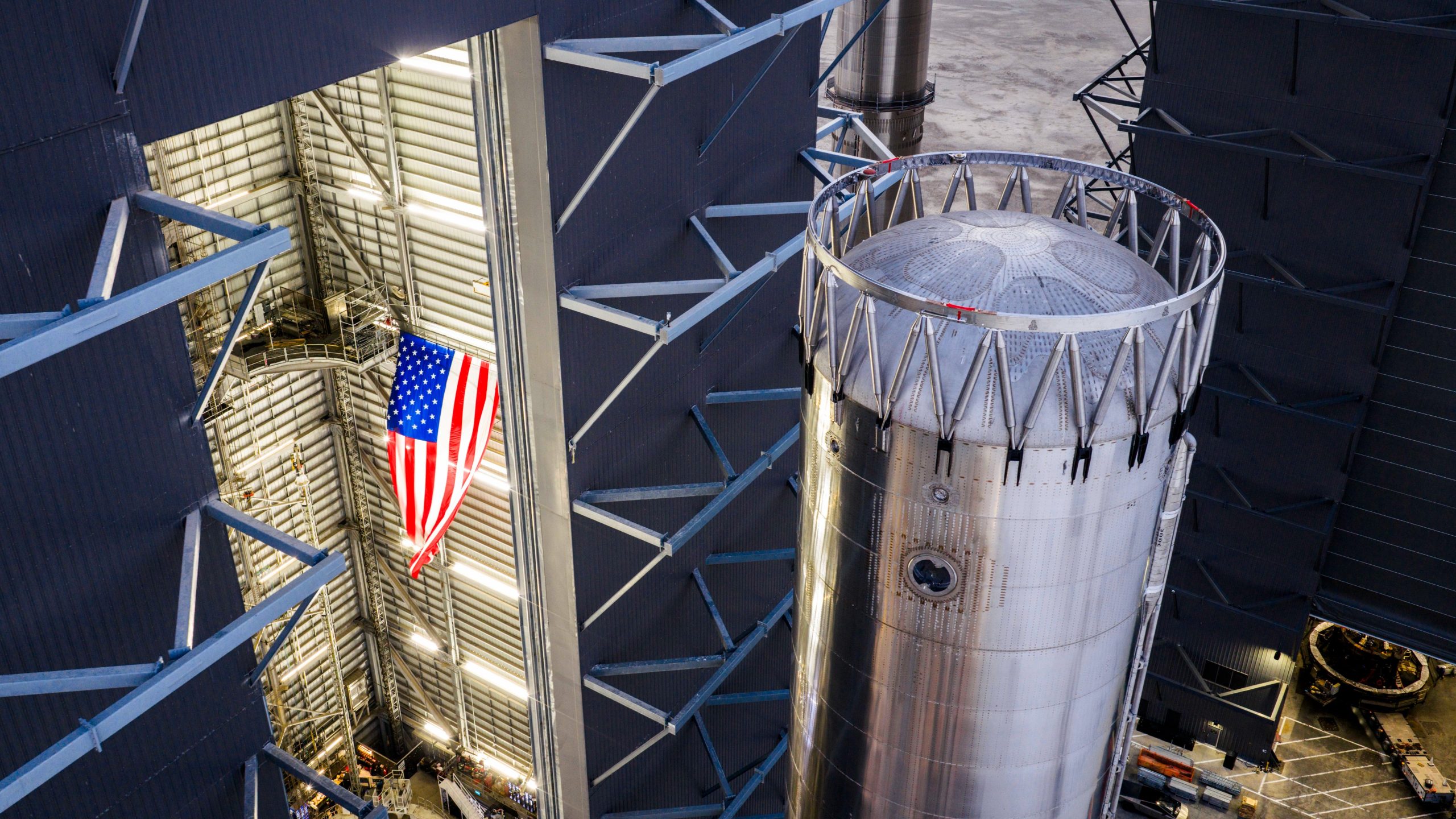
SpaceX is already bouncing back from the fiasco that it experienced during Starship Booster 18’s initial tests earlier this month.
Just over a week since Booster 18 met its untimely end, SpaceX is now busy stacking Booster 19, and at a very rapid pace, too.
Starship V3 Booster 19 is rising
As per Starbase watchers on X, SpaceX rolled out the fourth aft section of Booster 19 to Starbase’s MegaBay this weekend, stacking it to reach 15 rings tall with just a few sections remaining. This marks the fastest booster assembly to date at four sections in five days. This is quite impressive, and it bodes well for SpaceX’s Starship V3 program, which is expected to be a notable step up from the V2 program, which was retired after a flawless Flight 11.
Starship watcher TankWatchers noted the tempo on X, stating, “During the night the A4 section of Booster 19 rolled out to the MegaBay. With 4 sections in just 5 days, this is shaping up to be the fastest booster stack ever.” Fellow Starbase watcher TestFlight echoed the same sentiments. “Booster 19 is now 15 rings tall, with 3 aft sections remaining!” the space enthusiast wrote.
Aggressive targets despite Booster 18 fiasco
SpaceX’s V3 program encountered a speed bump earlier this month when Booster 18, just one day after rolling out into the factory, experienced a major anomaly during gas system pressure testing at SpaceX’s Massey facility in Starbase, Texas. While no propellant was loaded, no engines were installed, and no one was injured in the incident, the unexpected end of Booster 18 sparked speculation that the Starship V3 program could face delays.
Despite the Booster 18 fiasco, however, SpaceX announced that “Starship’s twelfth flight test remains targeted for the first quarter of 2026.” Elon Musk shared a similar timeline on X earlier this year, with the CEO stating that “ V3 is a massive upgrade from the current V2 and should be through production and testing by end of year, with heavy flight activity next year.”
Considering that Booster 19 seems to be moving through its production phases quickly, perhaps SpaceX’s Q1 2026 target for Flight 12 might indeed be more than feasible.
Elon Musk
Elon Musk shares SpaceX’s directive that destroys a prevalent media narrative
Musk’s comments followed Starlink’s initiatives for people affected by severe flooding in Indonesia and Cyclone Ditwah in Sri Lanka.

Elon Musk recently shared SpaceX’s standing policy to offer free Starlink service during natural disasters worldwide, highlighting the company’s commitment to pursue aid over profit during times of need.
Musk’s comments followed Starlink’s initiatives for people affected by severe flooding in Indonesia and Cyclone Ditwah in Sri Lanka.
Starlink activates free service in Indonesia and Sri Lanka
Starlink recently announced free service for those impacted by severe flooding in Indonesia’s Sumatra region, partnering with the government to deploy terminals rapidly to the hardest-hit areas. The offer extends to new and existing customers through December, restoring connectivity in zones where traditional networks have failed due to infrastructure damage.
Musk quoted the post on X, writing, “SpaceX standard policy is to make Starlink free whenever there is a natural disaster somewhere in the world. It would not be right to profit from misfortune.”
Starlink extended the same relief to Sri Lanka amid Cyclone Ditwah, coordinating with local authorities for additional support. The cyclone battered the island nation with heavy rains and winds, disrupting communications for thousands. Free access also lasts until year-end, emphasizing Starlink’s role in bridging gaps during crises.
“For those affected by the severe flooding in Indonesia and Sri Lanka in the aftermath of Cyclone Ditwah, Starlink is providing free service to new and existing customers through the end of December 2025. We’re also working with the Indonesian government to rapidly deploy terminals and restore connectivity to the hardest-hit areas on Sumatra, as well as with the Sri Lankan government to provide additional assistance,” Starlink wrote in a post on its official website.
Musk’s companies routinely provide aid
Musk’s firms have a track record of providing critical support in crises, often without fanfare, challenging portrayals of him as a comic book villain intent on enriching himself on the backs of a suffering populace. In January 2024 alone, Tesla opened Superchargers for free in Japan’s Hokuriku region after a magnitude 7.6 earthquake killed at least 55 and injured hundreds.
Similar efforts include Starlink deployments for the 2023 Maui wildfires, 2024 Hurricane Helene in North Carolina, and floods in Texas, where the service was used to help facilitate emergency coordination. These actions, which total millions in waived fees and logistics, demonstrate a proactive ethos among Musk’s companies, with Musk noting in past interviews that such aid stems from engineering solutions over optics.
The initiatives also provide a direct rebuttal of Musk’s characterization on mainstream media, which tends to lean negatively. This has become much more notable in recent years as Musk adopted more conservative policies. These negative sentiments came to a head earlier this year when Tesla stores, vehicles, and even some owners, were attacked during waves of anti-Tesla protests.
